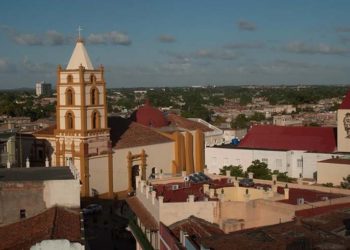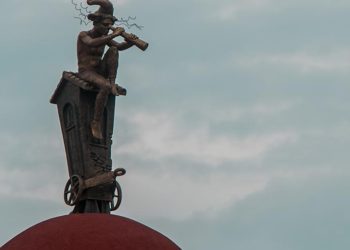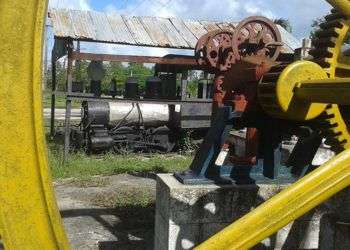The pirate and the garments of The Lord
By 1668 Henry Morgan had already acquired some fame, and news of him reached the ears of the governor of Jamaica. It was not preposterous, therefore, the idea of entrusting the Welsh privateer to loot the Villa Santa Maria del Puerto del Principe. It was an almost frantic expedition that culminated with the payment by the residents of 500 cows and salt. Nothing impressive for the King of England, who must have laughed out loud on the size if the booty. While gains were meager in his first major attack after the events of Puerto Principe the corsair became a legend and was even knighted by the British nobility. What still doesn’t have a clear explanation is his most psychiatric obsession with religious ornaments. Vox populi through, until today has transcended the story of the theft -done by Morgan, of the first bell sent by the House of Trade in Seville to Spanish settlement in Punta del Guincho (current Nuevitas). Near the cross of wood, that was one of the few Christian garments that survived during the voyage of the Spaniards, when they migrated to the chieftainship of Caonao and subsequently to lands of cacique Camaguebax, following the massacre of...








